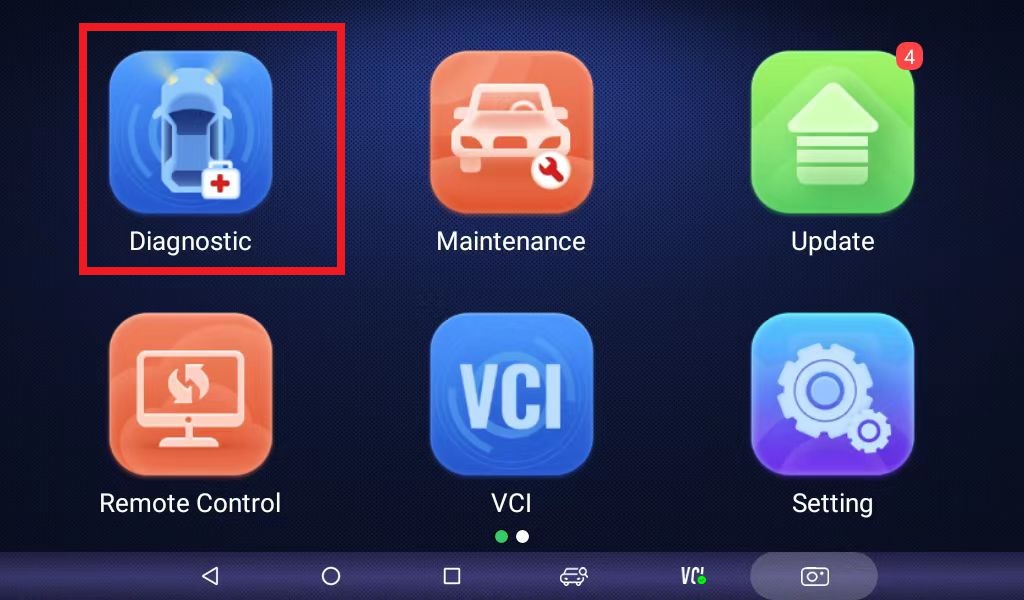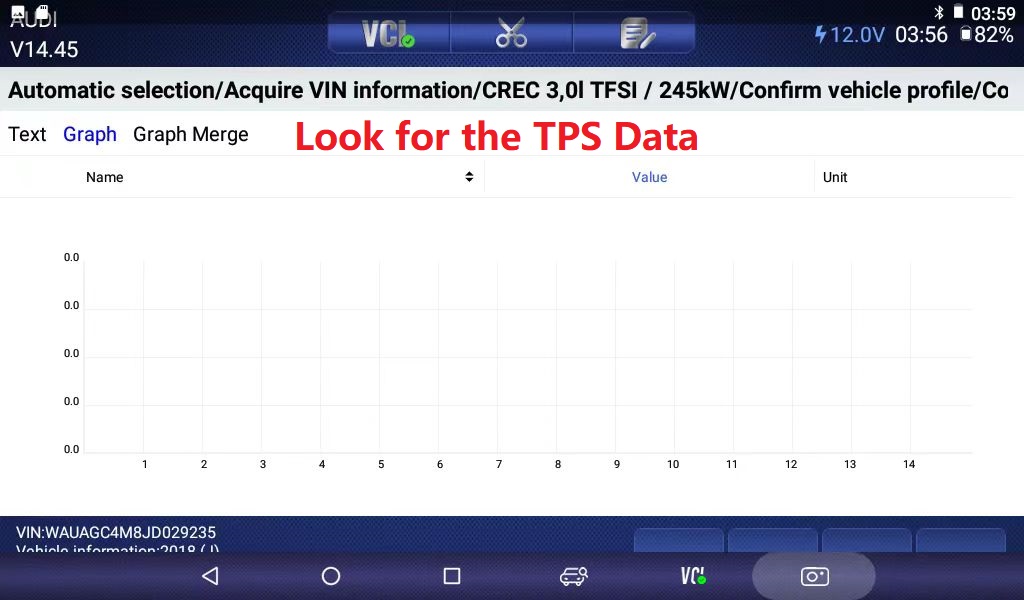How to Check the Throttle Position Sensor with UDIAG Scanner
2023-05-05 by UDIAG
What is a Throttle Position Sensor
A Throttle Position Sensor (TPS) is an electronic sensor that monitors the position of the throttle valve in a combustion engine. It is typically located on the throttle body and sends information about the throttle valve angle to the engine control unit (ECU).
The TPS helps the engine control unit determine the amount of air and fuel mixture that should be delivered to the engine based on the position of the throttle valve. This information is critical for the proper functioning of the engine, as it allows the ECU to adjust the fuel injection and ignition timing in real-time, ensuring optimal performance and fuel efficiency.
In some cases, a faulty TPS can cause problems such as rough idling, poor acceleration, and stalling. Therefore, it is essential to ensure that the TPS is functioning correctly and is properly calibrated.
Signs of a Bad Throttle Position Sensor
The symptoms of a bad Throttle Position Sensor (TPS) can vary depending on the severity of the issue, but some common signs include:
- Poor engine performance: If the TPS is faulty, the engine may exhibit poor performance, such as rough idling, hesitation, or lack of power.
- Stalling: A faulty TPS can cause the engine to stall, especially when coming to a stop or at low speeds.
- Poor fuel efficiency: The TPS plays a crucial role in regulating the air-fuel mixture, so a malfunctioning sensor can cause poor fuel economy.
- Check engine light: A malfunctioning TPS can trigger the check engine light to come on, indicating a problem with the sensor or the engine control system.
- Acceleration problems: A bad TPS can cause the engine to respond poorly to acceleration, leading to jerking, stumbling, or hesitation when accelerating.
If you notice any of these symptoms, it’s essential to have your vehicle inspected by a qualified mechanic to determine if the TPS is the cause of the problem.
Check the Throttle Position Sensor with UDIAG Scan Tool
To check the Throttle Position Sensor (TPS) with a UDIAG scanner, follow these steps:
#1 Connect the scanner to the OBD-II port on your vehicle, usually located under the dashboard on the driver’s side.
#2 Turn the ignition key to the “On” position but do not start the engine.
#3 Select the “Diagnosis” function on the scanner, and then select the make and model of your vehicle.
#4 Follow the prompts on the scanner to access the sensor data for the TPS.
#5 Look for the sensor data that displays the throttle position. This data should show the angle of the throttle valve, which should range from 0 to 100%.
#6 Gradually press down on the accelerator pedal while watching the throttle position data on the scanner. The data should change smoothly and gradually, with no sudden jumps or drops in the throttle angle.
If the throttle position data does not change or changes erratically, it may indicate a problem with the TPS. If you suspect a problem with the TPS, it’s best to have it inspected and possibly replaced by a qualified mechanic. Note that some UDIAG scanners may have slightly different menus and prompts, so refer to the scanner’s user manual for more specific instructions.
FAQs
Q: What causes a Throttle Position Sensor to go bad?
A: A TPS can go bad due to wear and tear over time, exposure to heat and vibration, or contamination from dirt or debris. Additionally, electrical issues, such as damaged wiring or a faulty connection, can also cause TPS problems.
Q: Can a bad Throttle Position Sensor cause a transmission problem?
A: Yes, a bad TPS can cause transmission problems, such as harsh shifting, delayed shifting, or transmission slipping. This is because the TPS provides crucial information to the engine control unit, which controls the transmission’s shifting points.
Q: Can you drive with a bad Throttle Position Sensor?
A: It is not recommended to drive with a faulty TPS as it can cause issues with engine performance, fuel efficiency, and drivability. Additionally, a faulty TPS can lead to safety concerns, such as stalling while driving.
Q: Can I clean a Throttle Position Sensor?
A: Yes, in some cases, you can clean a TPS to remove dirt or debris that may be affecting its performance. However, if the TPS is worn out or damaged, cleaning it will not fix the problem. It’s best to have a mechanic inspect the TPS and determine the best course of action.
Conclusion
The Throttle Position Sensor (TPS) is an important component of the engine control system that monitors the position of the throttle valve and sends information to the engine control unit. A faulty TPS can cause a range of problems with engine performance, fuel efficiency, and drivability. It is essential to have your vehicle inspected by a qualified mechanic with UDIAG scanner if you suspect a problem with the TPS. With proper maintenance and timely repairs, you can ensure that your TPS and engine function optimally, resulting in better performance and fuel economy.





